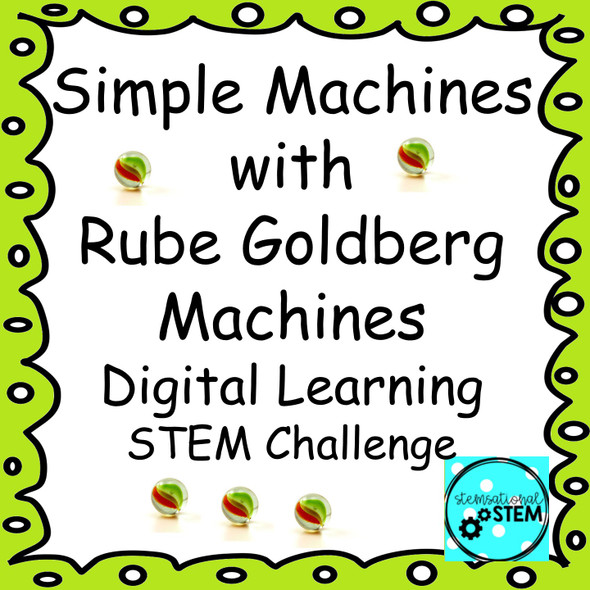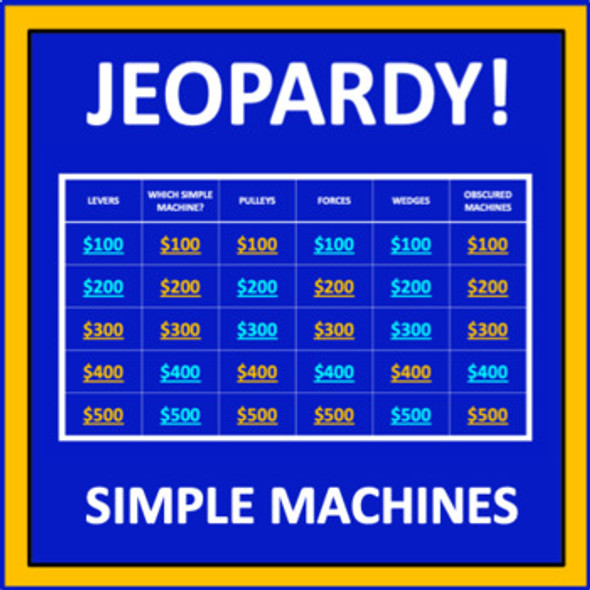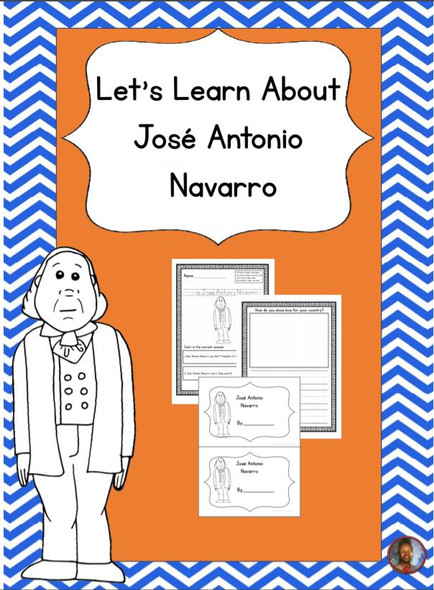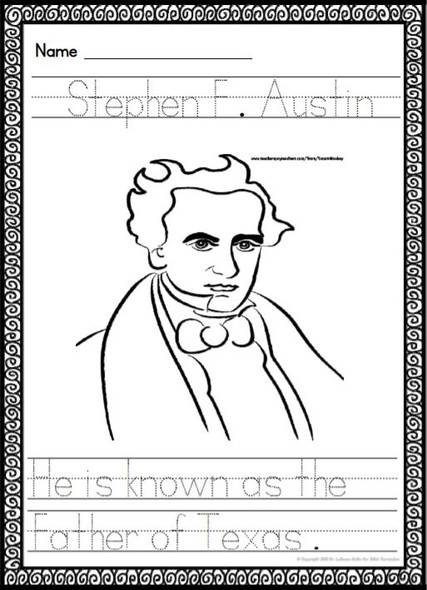Description
Bring fun to your simple machines unit with this card game about levers. With differentiated learning, scaffolding options and collaboration, every student will be engaged in learning about the classes, forces and everyday uses of levers.
In this product, there are three differentiated sets of cards which allows multiple entry points for students to work at. The use of vocabulary terms, real world examples, and visual cues on the cards allow students to be challenged (or supported) as their individual learning needs require.
These cards can be used as a diagnostic tool to assess the previous knowledge of levers that your students are bringing into your classroom.
The cards can be used for learning when you are teaching the different classes of levers and linking them to the real world.
Or, the cards can be used at the end of the simple machines unit as a review for a unit test or summative assessment.
These cards are excellent for special education programs or for students who may require more time or extra support to consolidate their learning.
It also allows your stronger students to continue to be challenged as each set of cards has less labels (scaffolding support) for the students to be able to identify the classes.
In this set you will get a total of 36 "Lever" Alone Playing Cards.
The rules that come with this game is called "Lever" Alone, but my students use these cards for many more activities which I have describe below.
Within these 36 cards, you will get 3 different sets to allow for scaffolding and differentiation of instruction. In the .zip file you will also get a larger image of 1 card from each set so you can use these as visuals when you introduce your students to these cards.
Set 1 is perfect to introduce the topic of levers.
This set includes:
- an image of the lever
- the labelled parts of the lever (the fulcrum, the effort and the resistance)
- the common name of the lever (ie: tweezer)
- and the class of the lever
NOTE: the word resistance is used in the labels as this is a term students will need as they get into the higher levels of science but it can be interchanged with the word "load".
This set is perfect for an introduction to levers where the students have a limited background/previous knowledge.
It is also an excellent review for quizzes and tests.
Set 2:
The cards are the same but the labels for the classes of levers are removed.
This set includes:
- an image of the lever
- the labelled parts of the lever (the fulcrum, the effort and the resistance)
- the common name of the lever (ie: tweezer)
As your students get introduced to the classes of levers, when they are ready, you can have them switch to Set 2 which has the class of the lever labels removed.
I use this set of cards as a quick assessment as to who has mastered the classes of levers and who still needs help.
While students are independently working, I will walk around the class with the Set 2 deck in my hands
I will randomly pick a card to show a student.
Their job is to tell me which class that lever is (remember the class label is missing).
Students who are quick to get this correct are ready to move on.
If a student struggles with the class of lever, I will get instant feedback and be able to individualize that student's learning plan to ensure they get the scaffolding help they need to continue.
Set 3: The cards are the same but the only information on the card is:
- an image of the lever
- the common name of the lever (ie: tweezer)
For students who begin to master the lever classes and know the parts of the levers with proficiency, they can move on to Set 3 where the only information they are given is the image and the common name of the lever.
Again, you can gather quick, instant feedback and evaluation by having students communicate the missing part of the cards in this set.
Can your student look at the Tweezer card from set 3 and be able to point out the fulcrum, resistance, effort?
Can they tell you what class of lever a tweezer is?
Due to the differentiation and scaffolding abilities with the flexibility with these cards, there are many other opportunities to use these cards in your simple machines unit.
In my classroom, I have multiple sets of these cards printed and laminated in large binder rings so I am able to hand a set to a student based on their entry point of their current understanding of levers.
If I know a student has problems with memory or executive functioning, I could hand them a set of cards to refer to when needed.
The student can keep the cards at their desk for the whole unit if need be.
I have also posted the cards on my word wall for the science unit, I have made crossword/search word puzzles, I've had my students make their own cards, the options are just limited by my creative thinking (and level of exhaustion).
But of course, my students have the most fun when they can challenge their peers with some friendly competition and, little do they know - they are still consolidating their learning!!!!
In previous years, my students have played versions of
- "go fish" - asking for similar classes of levers.
- the card game of "war", "spoons", "matching"
- timed competitions to see how many classes they can name in the third set of cards before a timer runs out.
- a game like charades where they act out the lever
- taboo - they can say everything about the lever except the common name, they have to provide enough information to have their partner say the common lever name. (For my advanced students I challenge them to go beyond the cards. I ask them to brainstorm different class 1, 2, and 3, levers so their partners don't know ahead of time what lever it is).
As you watch your students play the card games, you can assess their understanding of the parts of the lever and the classes they belong to, using this advanced set of cards (or beyond) will show a thorough understanding of the parts and classes of a lever.
There is also a rule sheet to explain the original game of "Lever" Alone as well as a few other well known card games that these cards can be used for.
These cards make a great addition to any simple machines unit and can be used at the beginning as diagnostics, during instruction or for summative consolidation of the unit. It's a great way to incorporate fun and engagement in science!
Please visit my store "TnT Lesson Plans" ![]() to find more resources.
to find more resources.

















